RASC General Assembly, Vancouver Island Science Fair, Cosmic Wonder book, Astronomy Day, Solar Eclipse topics, astronomy history
Astronomy Cafe – April 29, 2024
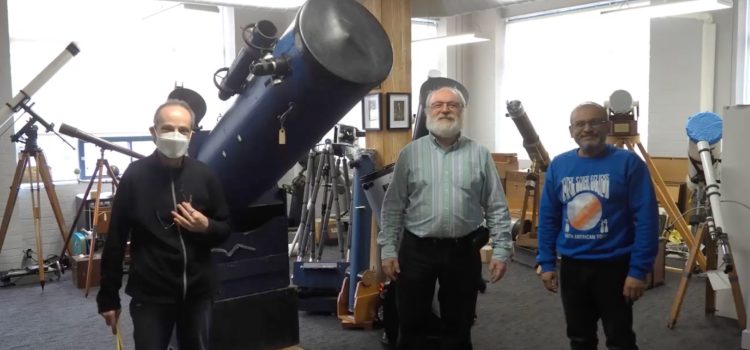


RASC General Assembly, Vancouver Island Science Fair, Cosmic Wonder book, Astronomy Day, Solar Eclipse topics, astronomy history
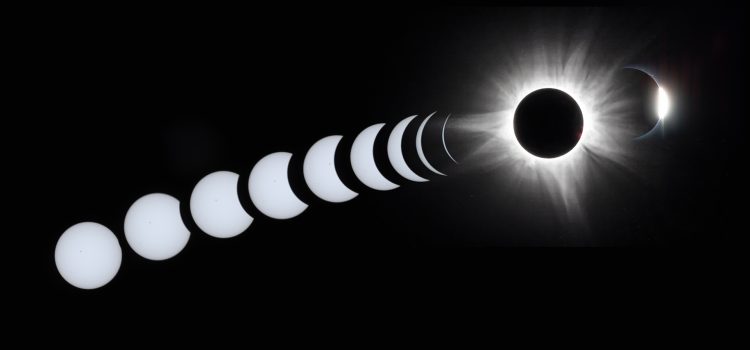
RASC National General Assembly, Voyager 1 & 2, Regional Science Fair, Astrophotography, Events, Book review, street lighting, Total Solar Eclipse reports from members, Astronomy Day.
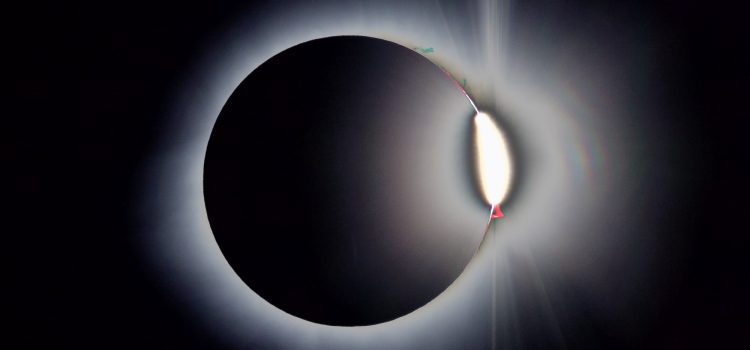
Oak Bay Lighting in Uplands, Total Solar Eclipse reports from members.
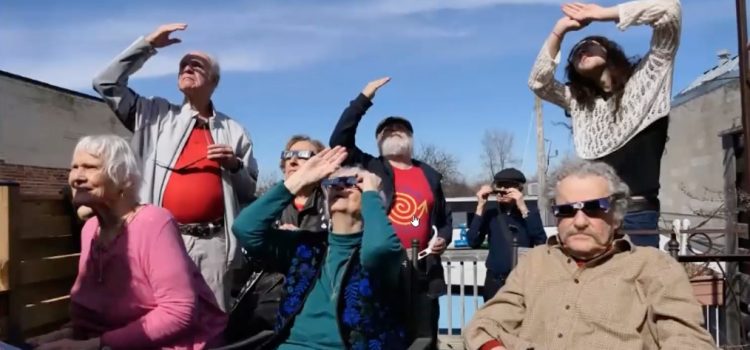
Total Solar Eclipse reports from members (through Randy Enkin).

Eclipse Photos by members Reports from our members Southern Ontario – Chris Gainor – blog “…we drove south from Windsor through Amherstberg into the path of totality. Many eclipse chasers in the area were already arriving in Point Pelee Park…we
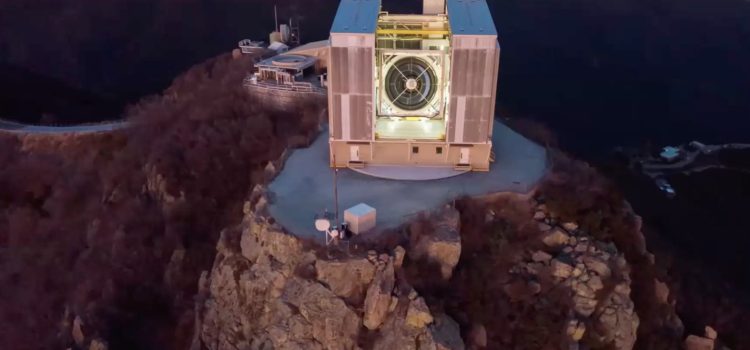
MMT Observatory on Mt. Hopkins by Kali Salmas, astro-tourism in Northern Arizona by Dave Payne.
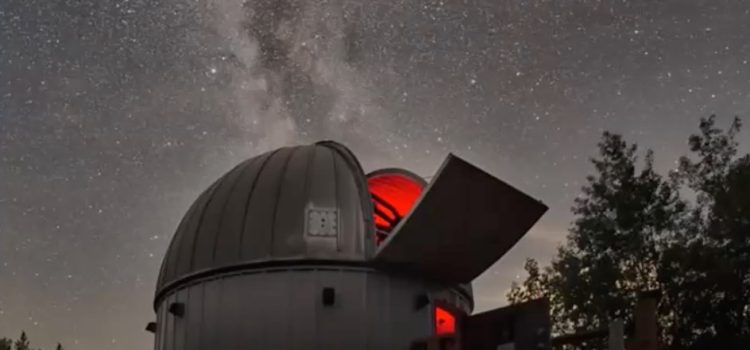
Video transcript of meeting
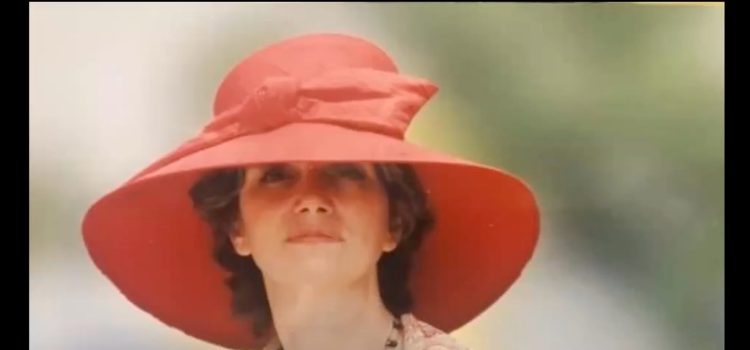
Astrophotography by Dave Payne, memories of Barbara Lane 1955-2024, Crescent Moon of Ramadan, They Promised Her the Moon – a local play, RASC Victoria Discord server, Galaxies at the Dawn of Time with JWST – Dr. Leonardo Ferreira presentation at UVic.